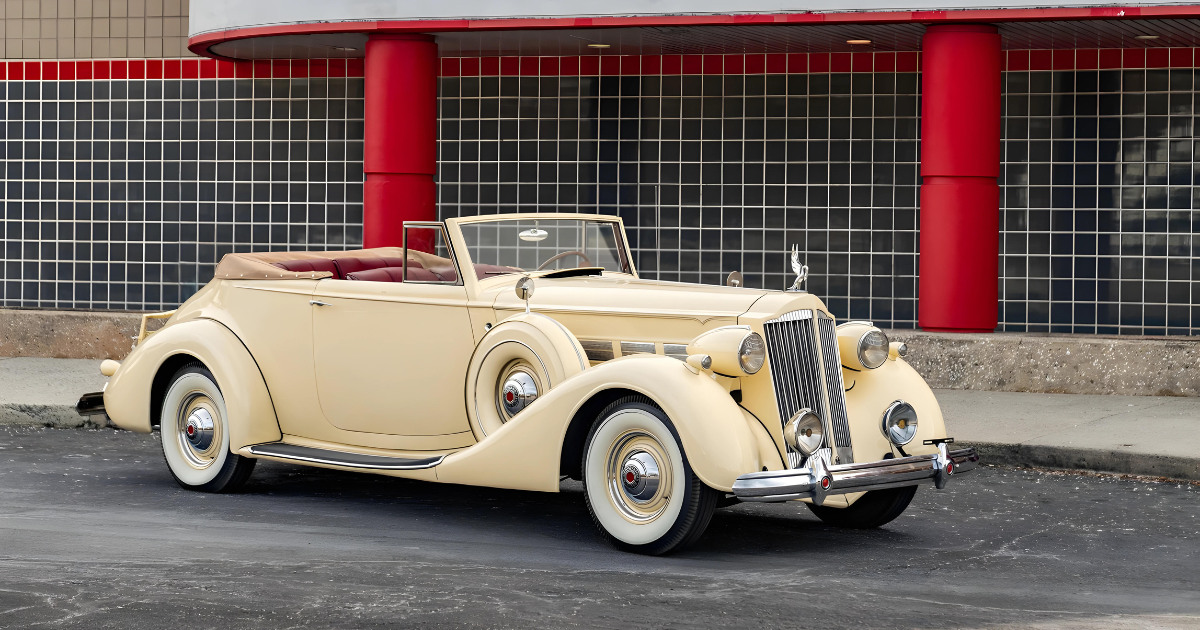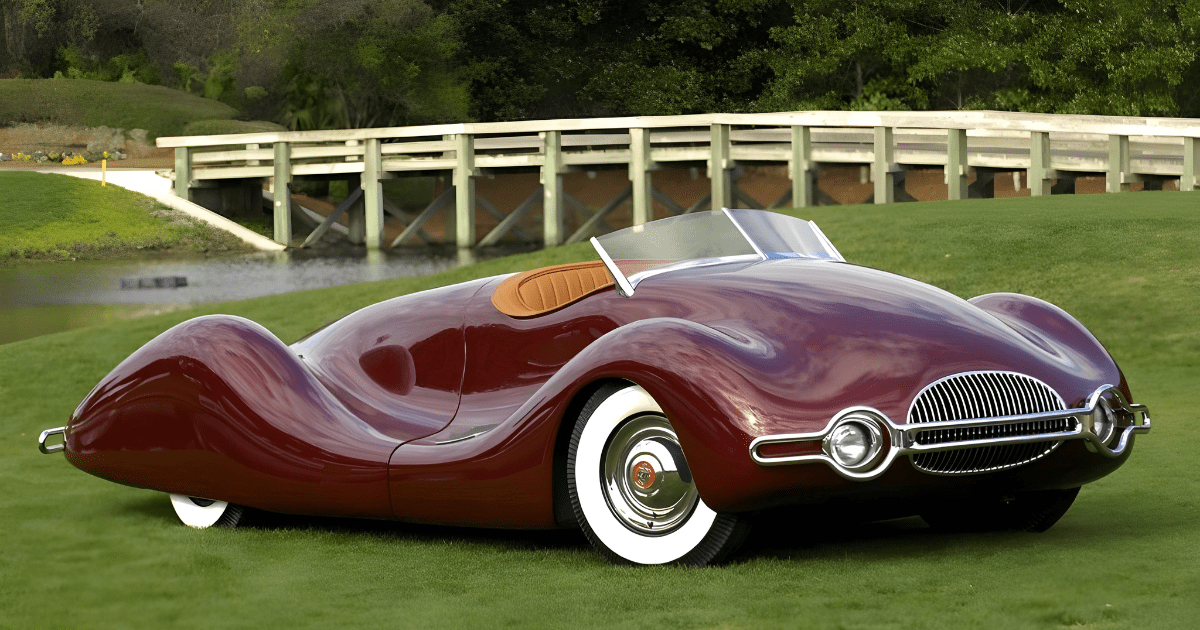
Henry Ford’s introduction of the Ford V8 in 1932 marked a significant milestone in automotive history, not for its novelty in V8 engine technology, but for its groundbreaking success in mass production and affordability. While V8 engines were not new to the automotive world, Ford’s approach revolutionized the industry by making powerful V8 engines accessible to the masses.
Despite the outward resemblance to the outgoing Model A, the Ford V8 boasted a remarkable performance boost, with an additional 25 horsepower, placing it in a class of its own. This newfound power captured the imagination of drivers and enthusiasts alike, setting the stage for Ford’s dominance in the automotive market.
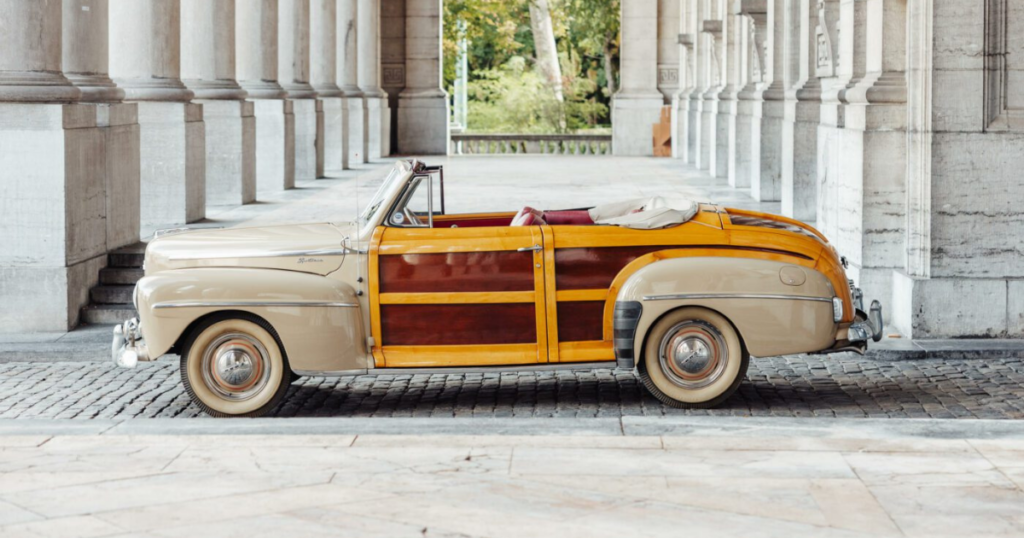
Over the following years, Ford made rapid advancements in engine development, ironing out initial issues and steadily increasing the V8’s power output. By 1936, the Ford V8 had evolved to produce 85 horsepower, cementing its reputation for performance and reliability. Additionally, Ford introduced a smaller 136-cubic inch version of the V8 engine in 1936, providing customers with even more options to suit their needs and preferences.
In contrast to the limited body styles available for the iconic Model T chassis, the introduction of the Model A in 1928 ushered in an era of greater variety and choice for consumers. The 1929 lineup introduced a range of new body styles, including the wood-bodied Station Wagon, affectionately known as the ‘Woodie.’ This trend towards greater customization and personalization continued with models like the Sportsman two-door convertible, catering to a diverse range of tastes and lifestyles.
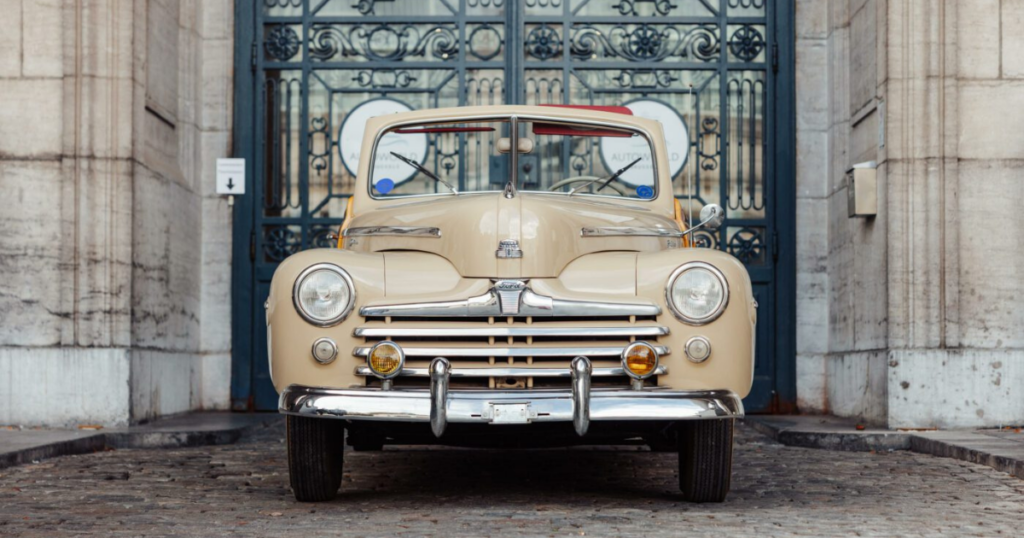
By 1947, Ford had established itself as a leader in automotive innovation, offering convertibles exclusively on the top-of-the-line Super Deluxe chassis. Equipped with the potent 239-cubic inch V8 engine, capable of delivering 100 horsepower, these convertibles garnered widespread acclaim for their performance and reliability.
Notably, Ford’s V8 engines found applications beyond traditional automobiles, with a million units exported to China to serve as stationary engines for electricity production in Chiang Kai-shek’s army, showcasing the versatility and adaptability of Ford’s engineering prowess.
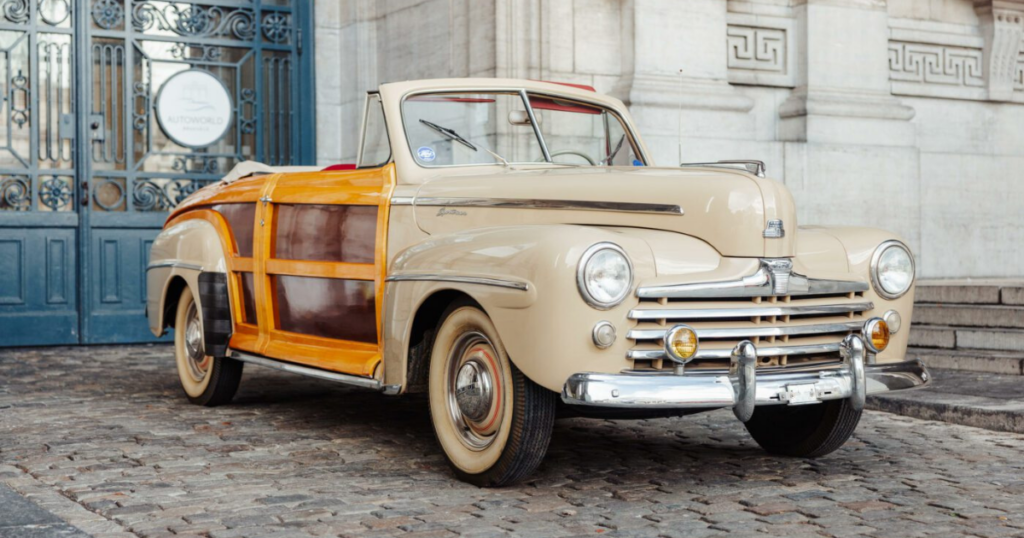
In the wake of World War II, Henry Ford II seized the opportunity to propel Ford Motor Company into a new era of innovation and excellence. Tasking his design team with creating a remarkable model, Ford capitalized on the company’s expertise in working with wood, leveraging their Iron Mountain factory nestled in Michigan’s forests. This artisanal construction method, utilizing mahogany and ash, demonstrated Ford’s mastery of specialized craftsmanship, further solidifying the company’s reputation for quality and ingenuity.

